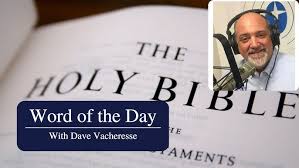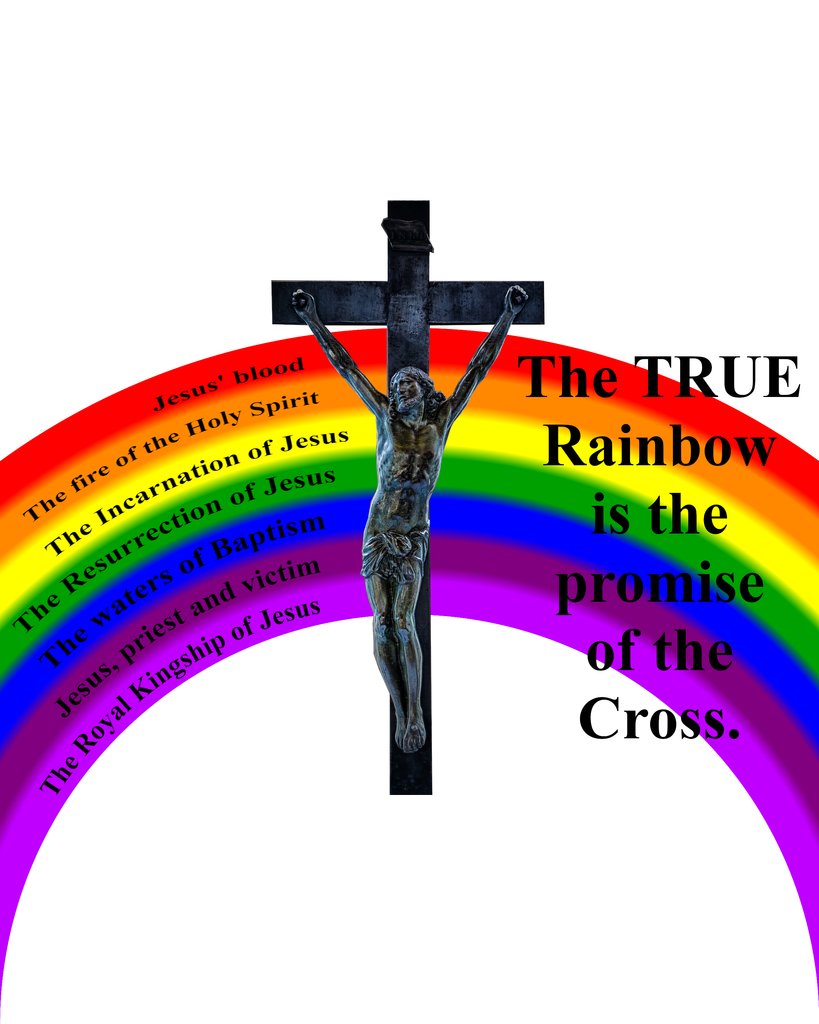Built Form of Ideas (Even Bad Ones)
 Sometimes people think that “modern” church architecture is simply a stylistic preference where there is no accounting for taste. But liturgical architecture is more than that: it is the built form of theology. People who believe that angels and saints are part of the worshiping assembly who all bow before God will make church buildings which reveal this reality. People who think that worship is an inward-looking club of “all about us” make churches that show that as well. Rarely is the theology behind liturgical architecture as clearly expressed as at the Holy Spirit Catholic Church in Rochester, Minnesota. The church’s web site explains the church building shown here.
Sometimes people think that “modern” church architecture is simply a stylistic preference where there is no accounting for taste. But liturgical architecture is more than that: it is the built form of theology. People who believe that angels and saints are part of the worshiping assembly who all bow before God will make church buildings which reveal this reality. People who think that worship is an inward-looking club of “all about us” make churches that show that as well. Rarely is the theology behind liturgical architecture as clearly expressed as at the Holy Spirit Catholic Church in Rochester, Minnesota. The church’s web site explains the church building shown here.
Big empty church with insignificant-looking table in the center. Why? Let the web page tell you: “The worship area…is intended to continue the sense of informality…The sanctuary for our worship space is in the center, with the assembly gathered around the altar…so everyone can be close to one another.” So, an informal room where people can be close to each other… and not the altar, not the Lord, but each other. Sounds like a living room so far.
 And the processional cross at the parish does “not feature a corpus on it. It was not a crucifix. Instead, the cross …was a cross of victory…” So the victory of Christ, apparently, is not related to His Passion? Well, there is more to it. Not only is there no corpus on the cross, but it is only a metal outline of the cross that people can see through, because, as the web site tells: “if we look carefully through our cross, we can see the body of Jesus. As we look through the cross to the other side of the community (Note: seating arrangement at Holy Spirit is “in the round”), we can see those seated on the other side of church. Thus, the corpus of the cross is really us. We are the body of Christ. That’s what our theology tells us over and over.” Not sure which theologians they are reading over and over, but it sure doesn’t sound like Ratzinger. Eviscerating the cross so as to see the person across the room is not really what the Church recommends.
And the processional cross at the parish does “not feature a corpus on it. It was not a crucifix. Instead, the cross …was a cross of victory…” So the victory of Christ, apparently, is not related to His Passion? Well, there is more to it. Not only is there no corpus on the cross, but it is only a metal outline of the cross that people can see through, because, as the web site tells: “if we look carefully through our cross, we can see the body of Jesus. As we look through the cross to the other side of the community (Note: seating arrangement at Holy Spirit is “in the round”), we can see those seated on the other side of church. Thus, the corpus of the cross is really us. We are the body of Christ. That’s what our theology tells us over and over.” Not sure which theologians they are reading over and over, but it sure doesn’t sound like Ratzinger. Eviscerating the cross so as to see the person across the room is not really what the Church recommends.
The theology of the cross starts to sound better as the web page reads: “This cross, then, is to be seen as the way, the door that is opened to us, because Jesus died for us. We have forgiveness of sins, because that passageway is open.” OK so far. Then comes the whammy: “We have gifts inside ourselves that we find because that passageway is open.” Gifts inside ourselves that we find? Don’t think so.
So what should this web site have said given their particular set of concerns? Here’s an edited version of the church’s description which could actually make them recognizably part of a non-Reformation denomination:
“We are a vibrant parish composed of believing Catholics who are indeed part of the Mystical Body with Christ as our Head. We recognize that grace comes from Christ, and that we stand in creaturely obedience to Him. To that end, we desire to participate as fully as possible in the Liturgy of the Eucharist which is the summit of prayer, source of divine life and font of grace. Though recognizing our unworthinesses, we approach our Lord in love and gratitude and have arranged our church seating to be near the altar which is an image of Christ. Our processional cross has a beautiful corpus on it because we recognize that it was precisely the passion, death and resurrection of Christ which brought the victory over sin and death, because “by His stripes we were healed.” There is nothing in us that God did not put there first, and nothing we can do on our own without the redemption and grace given by our Savior. Together as a Mystical Body, we look lovingly at the cross, at the wounds of Our Lord. With our focus on the Lord, we are transformed by grace to live fully and serve one another and advance the restoration of the world.”
If this vision statement ever appears on the parish web site, I suspect the congregation will also be looking for an architect shortly.








